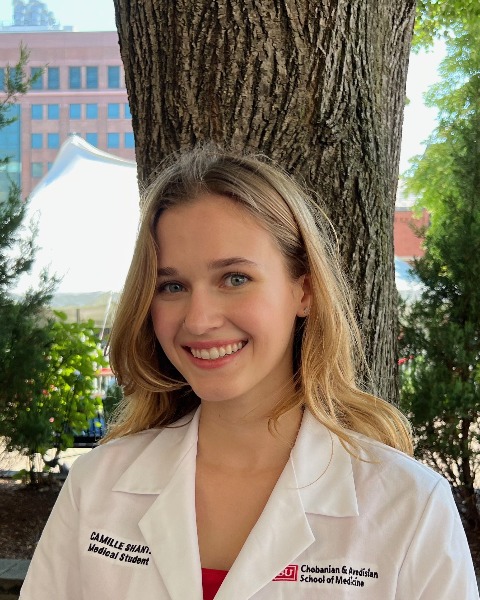Poster Session 3
(828) Postlaser persistent polyhydramnios after resolution of Twin to Twin Transfusion Syndrome

Mackenzie J. Simon-Collins, BA, MSPH (she/her/hers)
Associate Director of Research
Johns Hopkins Medicine
Jacksonville, FL, United States
Camille Shantz, BA
Johns Hopkins University
Baltmore, Maryland, United States- RT
Rachana Tanksali
Johns Hopkins University
Baltimore, Maryland, United States - MD
Maryn Day
Johns Hopkins University
Baltimore, Maryland, United States - JA
Julie Alan
Johns Hopkins Medicine
Baltimore, Maryland, United States - SM
Sarah Millard, MD
Johns Hopkins Medicine
Baltimore, Maryland, United States - MK
Michelle Kush, MD
Johns Hopkins Medicine
Baltimore, Maryland, United States .jpg)
Jena L. Miller, MD (she/her/hers)
Associate Professor
Johns Hopkins Medicine
Baltimore, Maryland, United States
Ahmet A. Baschat, MD (he/him/his)
Director
Johns Hopkins Medicine
Baltimore, Maryland, United States
Mara Rosner, MD, MPH (she/her/hers)
Assistant Professor
Johns Hopkins Medicine
Baltimore, Maryland, United States
Submitting Author(s)
Coauthor(s)
Presenting Author(s)
Study Design: Single-center retrospective review of monochorionic twins who underwent FLS for TTTS from 6/2014 to 1/2024. Patients with PP had a maximum vertical pocket (MVP) > 8 cm in the former TTTS recipient > 14 days after laser. RP patients had resolution of polyhydramnios < 14 days after laser. High order multiples and those with TTTS recurrence were excluded. Pre-treatment characteristics and birth outcomes were compared between PP and RP groups via Pearson or Fischer’s Exact Chi Squared and Mann-Whitney U. ROC analysis was performed to explore the relationship between pre-laser MVP and PP.
Results:
377/405 (93%) patients had RP after laser and 28 (7%) patients had PP (Figure 1). PP recipients had higher prelaser MVP (11.3 vs 10.1 cm, p=0.013), higher amnioreduction volumes (1900 vs 1500 cc, p=0.034) and higher post operative day 1 MVPs (7.4 vs 6.0 cc, p=0.010) (Table 1). An ROC analysis demonstrated that a prelaser recipient MVP of 11.0 cm predicted PP with 64% sensitivity and 64% specificity. Model quality Gini Index 0.53, area under the curve 0.64 (95% CI: 0.538-0.753), p=0.014. Remaining pre-treatment and intraoperative findings were not different between groups, though there was a trend towards more pyelectasis in PP recipients (10.7 vs 2.7%, p=0.053). Average time to resolution of polyhydramnios was 35 days in the PP group, versus 3 days in RP (p< 0.001), and was documented in 95% of cases. Gestational age at delivery, birth survival, and birthweight discordance were not different between groups.
Conclusion:
Persistent polyhydramnios occurred in 7% of patients after laser for TTTS, but ultimately resolved in 95% and was not associated with adverse obstetric outcomes. A trend towards more pyelectasis in PP recipients suggests persistent polyuria as a potential etiology of PP.

